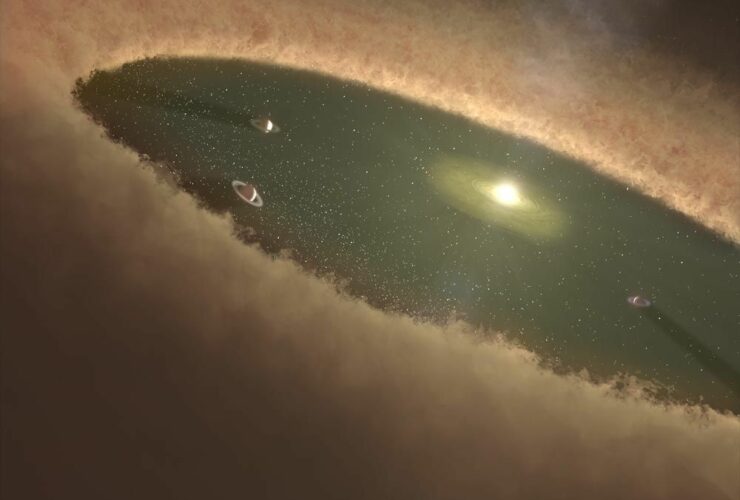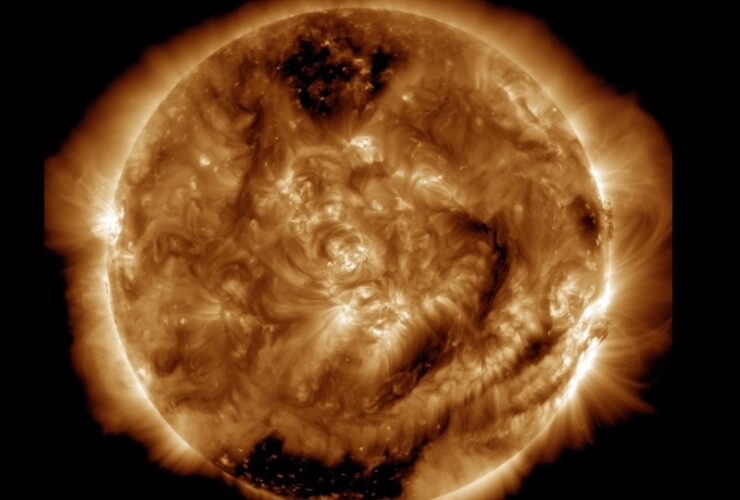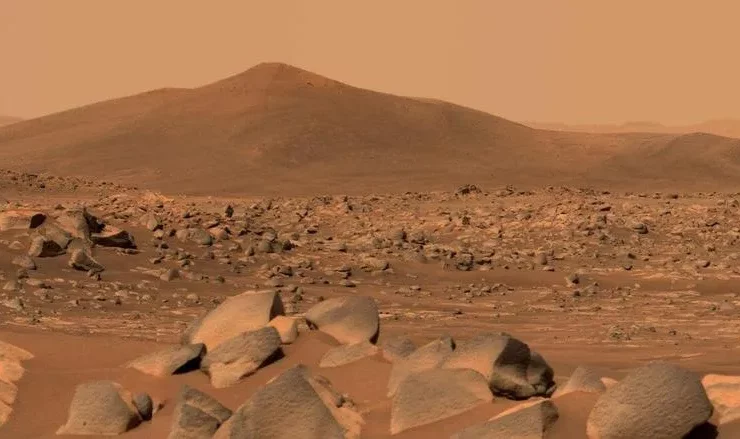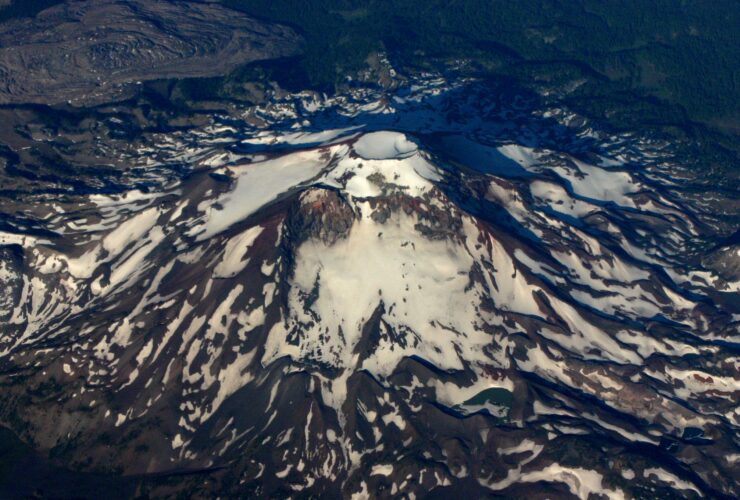Planets do not take much longer to form after stars have formed. For example, the Sun formed 4.6 billion years ago, and the Earth about 4.5 billion years ago. However, scientists now say it is not necessarily the only possibility. ...
Given how vulnerable our atmosphere and climate are to solar activity, these ice cores also serve as a record of solar activity. In a recent investigation of ice cores from Greenland and Antarctica, a research team headed by Lund University ...
In its early stages, a temperature check of the universe, just 880 million years after the Big Bang, was made possible by studying the shadow produced by a cloud of cold water gas 13.8 billion light-years distant from Earth. It’s ...
Recent research finds that flowers found wholly preserved in globs of amber grew at the foot of dinosaurs, implying that certain blooming plants in South Africa today have stayed unmodified for 99 million years. The two blooms flowered initially in ...
Curtin University is researching a chunk of a Martian meteorite found on Earth in the Moroccan Sahara Desert in 2011 and initially reported in 2013. According to experts from Australia’s Curtin University, scientists are one step closer to knowing when ...
Satellite radar interferogram covering June 19, 2020, to August 13, 2021, and depicting ground motion in the direction of the satellite. Small pulses of magma collecting around 4 miles (7 km) below the earth surface are thought to be responsible ...
The sky full of wonders is going to be very generous to viewers this month. Grab a telescope or wake up at dawn and have a moment of beauty looking at the sky. Orion’s Other Nebulae! Outside of the iconic ...















